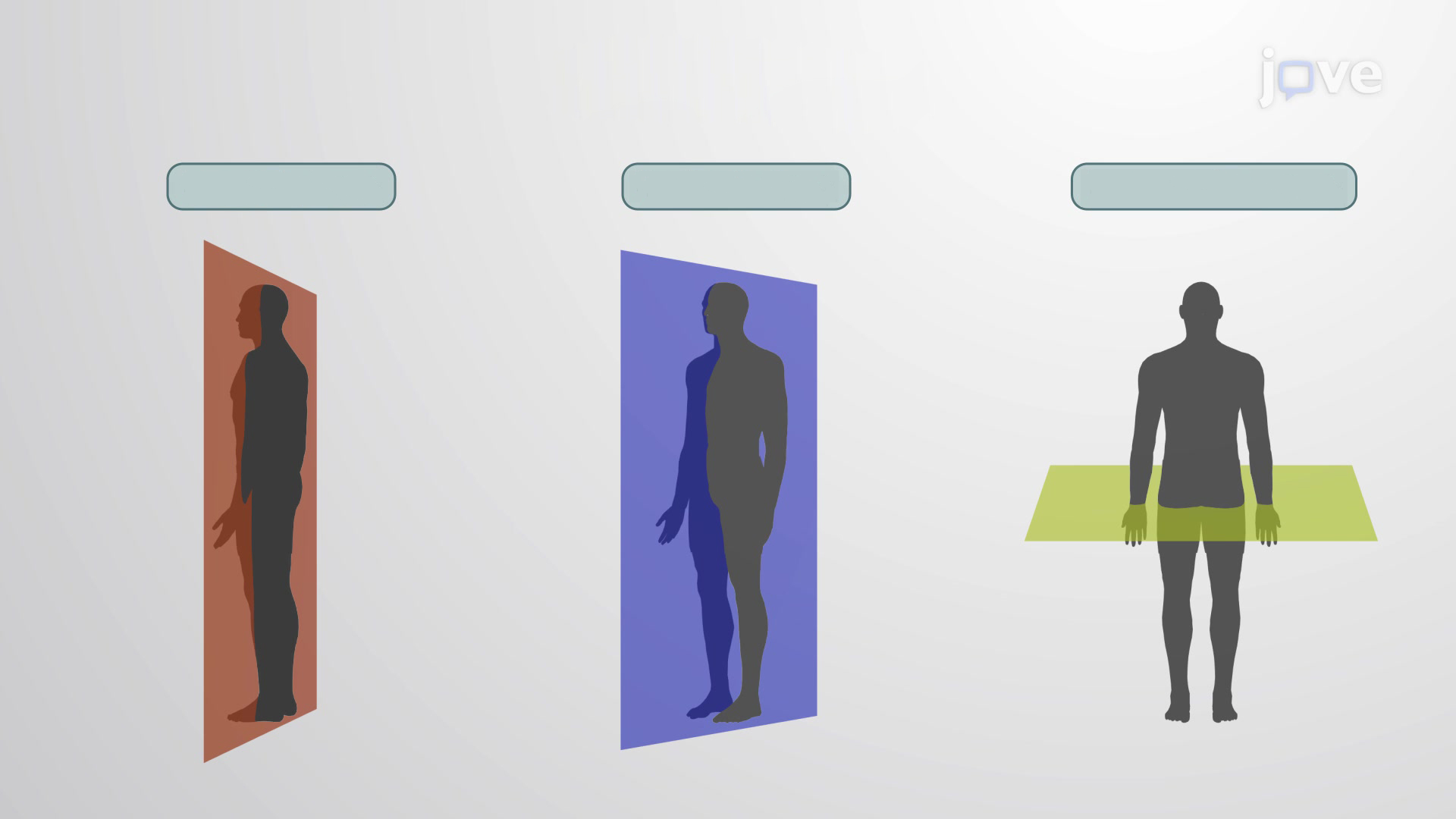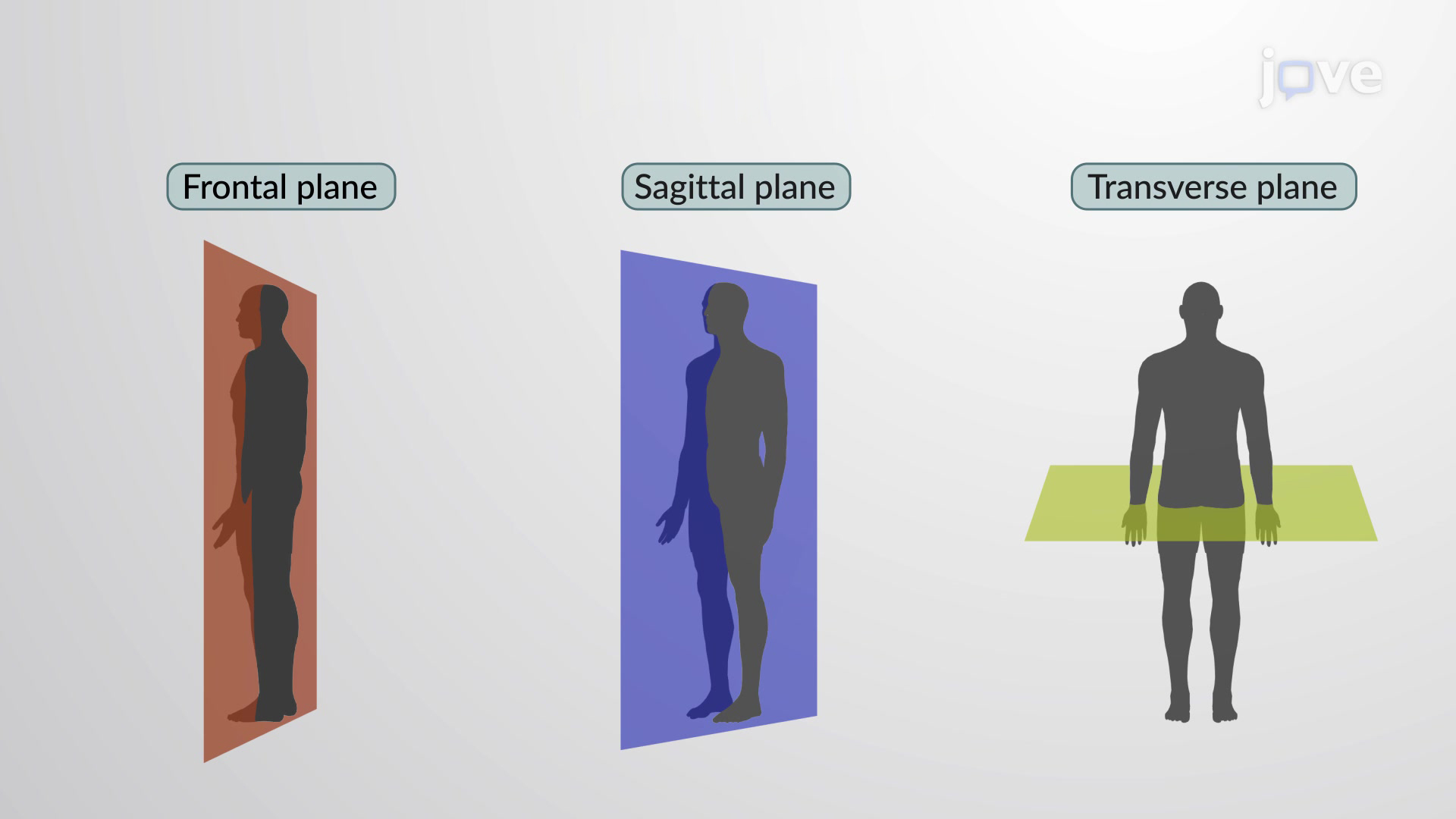Chapter 1 - Introduction to Anatomy and Physiology
1/22
There's no tags or description
Looks like no tags are added yet.
Name | Mastery | Learn | Test | Matching | Spaced |
|---|
No study sessions yet.
23 Terms
Anatomy
study of body structures
Physiology
study of organ functions
Gross Anatomy
examines large, visible structures by eyes
Surface Anatomy
studies exterior features
Regional Anatomy
studies body areas
Sectional Anatomy
studies cross sections
Systemic Anatomy
examines organ system structures
Clinical Anatomy
delves in medical specialties
Microscopic Anatomy
examines cells and molecules
Cytology
study of cells
Histology
study of tissues
Cell Physiology
studies cell functions
Organ Physiology
studies functions of specific organs
Systemic Physiology
studies organ system functions
Pathological Physiology
studies how diseases effect organs/systems
Characteristics of Living Things
Organization
all organisms have a complex structure and order
Characteristics of Living Things
Metabolism
chemical reactions within body
Characteristics of Living Things
Metabolism- anabolism & catabolism
anabolism: small molecules → larger ones
catabolism: large molecules → smaller ones
Homeostasis
maintaining body structure/function using organ systems
What are the Characteristics of Living Things?
Organization, Metabolism, Growth and Development, Reproduction, Responsiveness, Regulation, Evolution
Levels of Organization in Human Body (from lowest to highest)
Chemical Level, Cellular Level, Tissue Level, Organ Level, Organ System Level, Organism Level
Organ System
group of/several organs working together to perform complex function

What are the different planes? (left to right)
Frontal, Sagittal, Transverse
